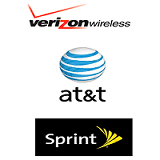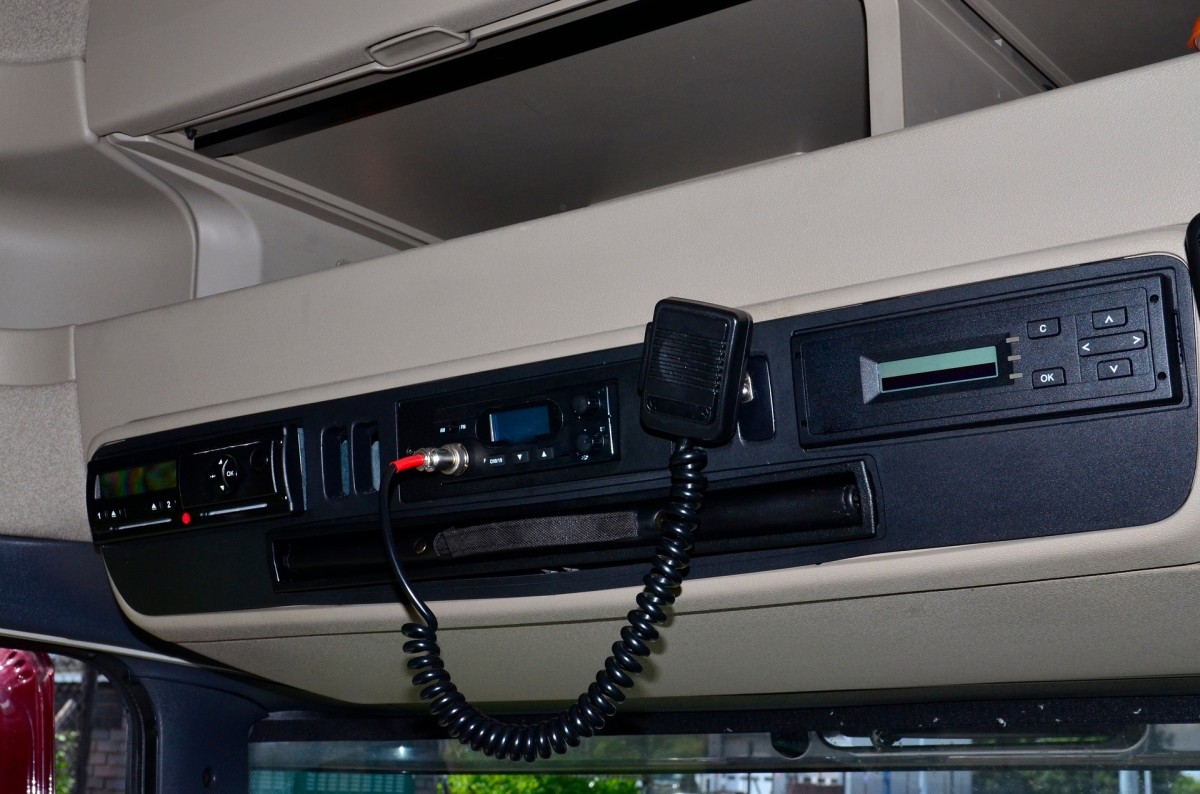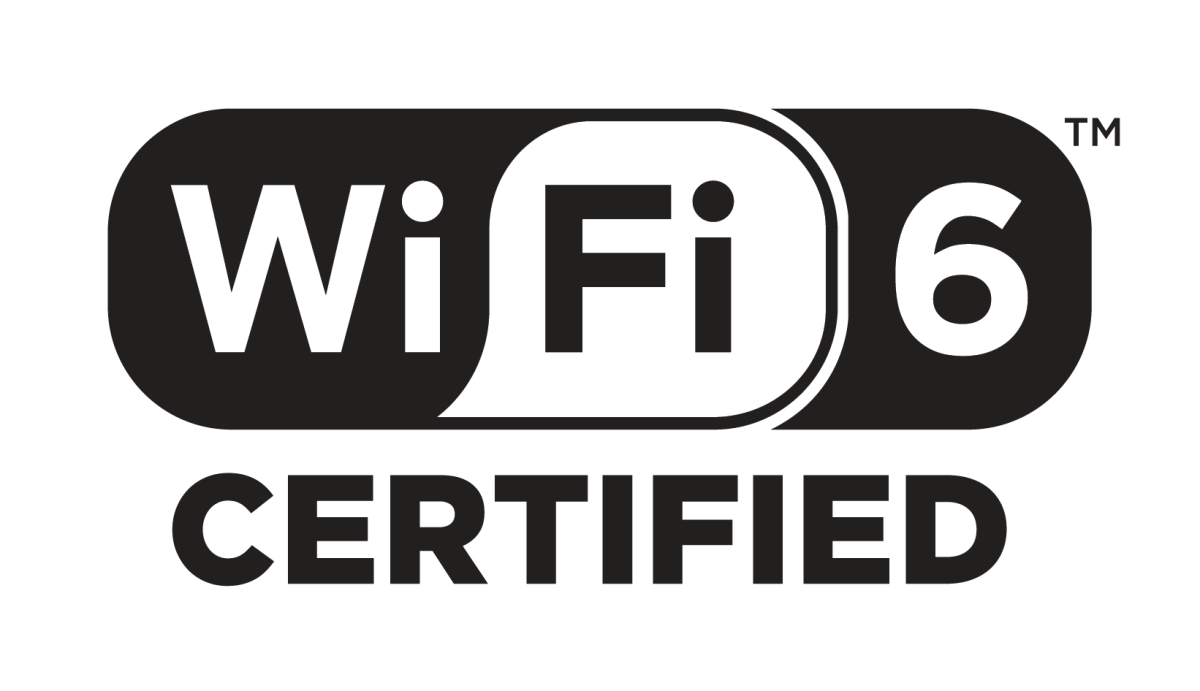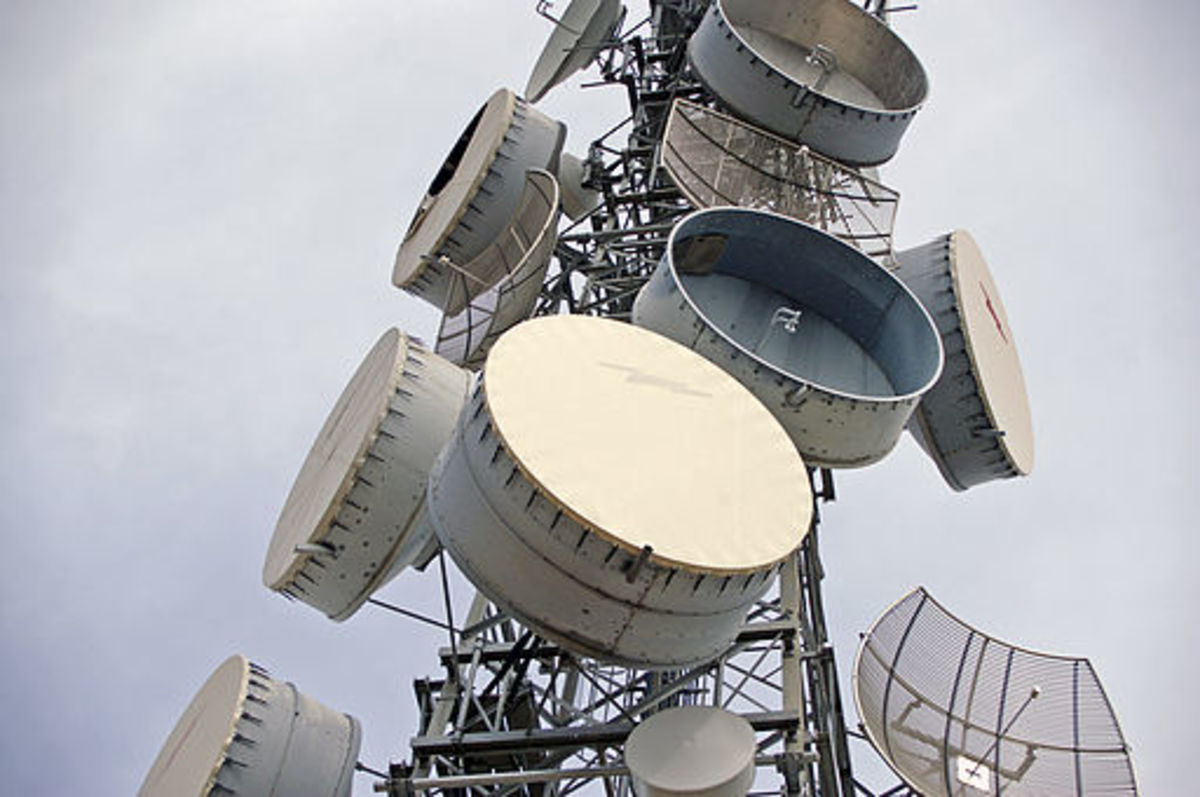Cellular Connectivity Overview

Cellular Communications
So are you confused over all this talk about 2G, 3G, and 4G cellular communications? First off, lets define exactly what we mean when we say "cellular communications". By cellular communciations, I'm referring to the wireless service you purchase from a wireless service provider like AT&T Wireless, Sprint, T-Mobile, or Verizon Wireless. This service allows you to make cell phone calls from your mobile device as well as to access wireless data from anywhere your cellular service provider has coverage. By coverage, this means the operator has a cell tower in your vicinity that provides signals that your cell phone is able to pick up. If you travel to an area where no base stations exist, your phone will not be able to make a call.
The two main cellular technologies are CDMA and WCDMA from a 3G standpoint, and LTE and WiMax from a 4G standpoint. So the major operators in the US and their 3G technologies are as follows:
- Verizonwireless - CDMA
- AT&T - WCDMA
- Sprint - CDMA
- T-Mobile - WCDMA
- MetroPCS - CDMA
In terms of 4G technologies, most operators around the world will converge to LTE, which stands for Long Term Evolution. Some others will deploy WiMax. LTE is the 4G technology that will eventually dominate cellular networks around the world. So what's so important about 4G technologies? Most North Amercan operators will converge on LTE for their 4G network. Today, Sprint supports a 4G technology called WiMAX but have announced plans to deploy LTE.
4G is an all-IP network, unlike 3G which used circuit connections for voice cslls, 4G is a flat all-IP network that will eventually support VOIP on cellular. Wireless data is the key need for their 4G technology. The download speeds on a 4G network are much higher than on a 3G device. Until LTE becomes ubiquitous across the country, operators will need to continue supporting their 3G networks for a long time. So initially, operators such as VZW will depend on their 3G circuit 1X network for voice as LTE will be the network of choice for data access. VZW thinks they will need to support their CDMA 3G networks untl 2019. VOIP on LTE will take awhile to get perfected and to be deployed commercially in the field.
Today, VZW has over 50 cities deployed with LTE coverage. AT&T recently launched their first LTE neworks as they begin their deployments. MetroPCS has also already deployed LTE but are struglgling to get traction there. Several tier 2-5 operators are also making their plans to deploy LTE.
So will LTE be the ubiquitous common technology throughout the world? If you recall, when UMTS started deployments, everyone said that UMTS would be the technology that the world would converge on. Well that never happened. It looks like LTE will be the 4G technology of choice for most of the world. Even if the entire world moved to LTE, their will still be issues in terms of being able to support global coverage. The main issue is the different frequencies that operators plan to launch LTE in. In North America alone, VZW deployed in the 700 MHz spectrum. Other operators plan to deploy in 850, PCS, or AWS spectrum. Some even in 2.6Mhz. With all these different frequencies, the big question is how will devices be able to support so many different frequencies in order to provide that truw global converage. We'll have to wait and see how the frequency issues on the devices get worked out.
So that's a brief overview of the current status of the wireless industriy here in the US.
Keep watching my id for future hubs on cellular technologies. Like this page and feel free to leave a comment.
Thanks








